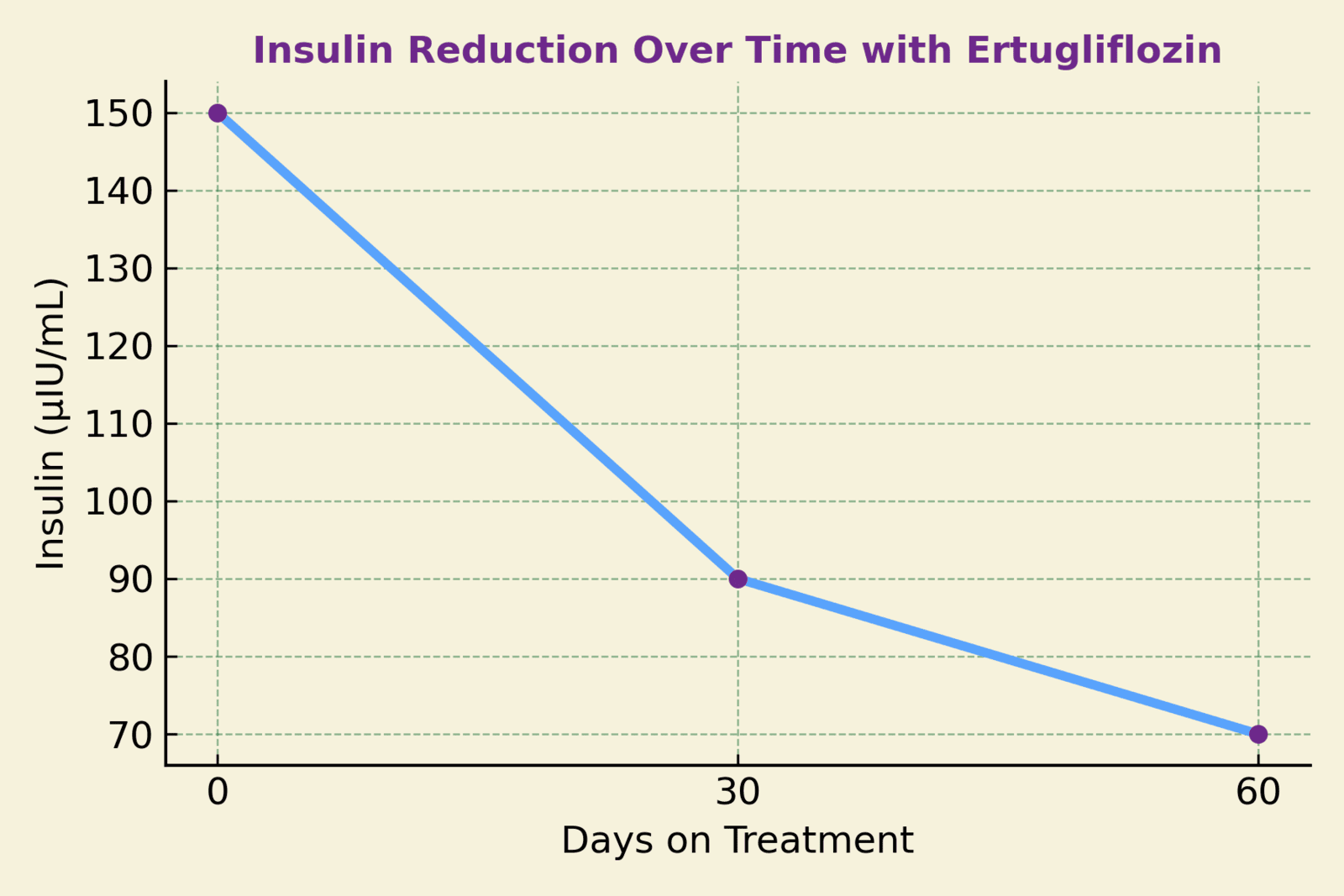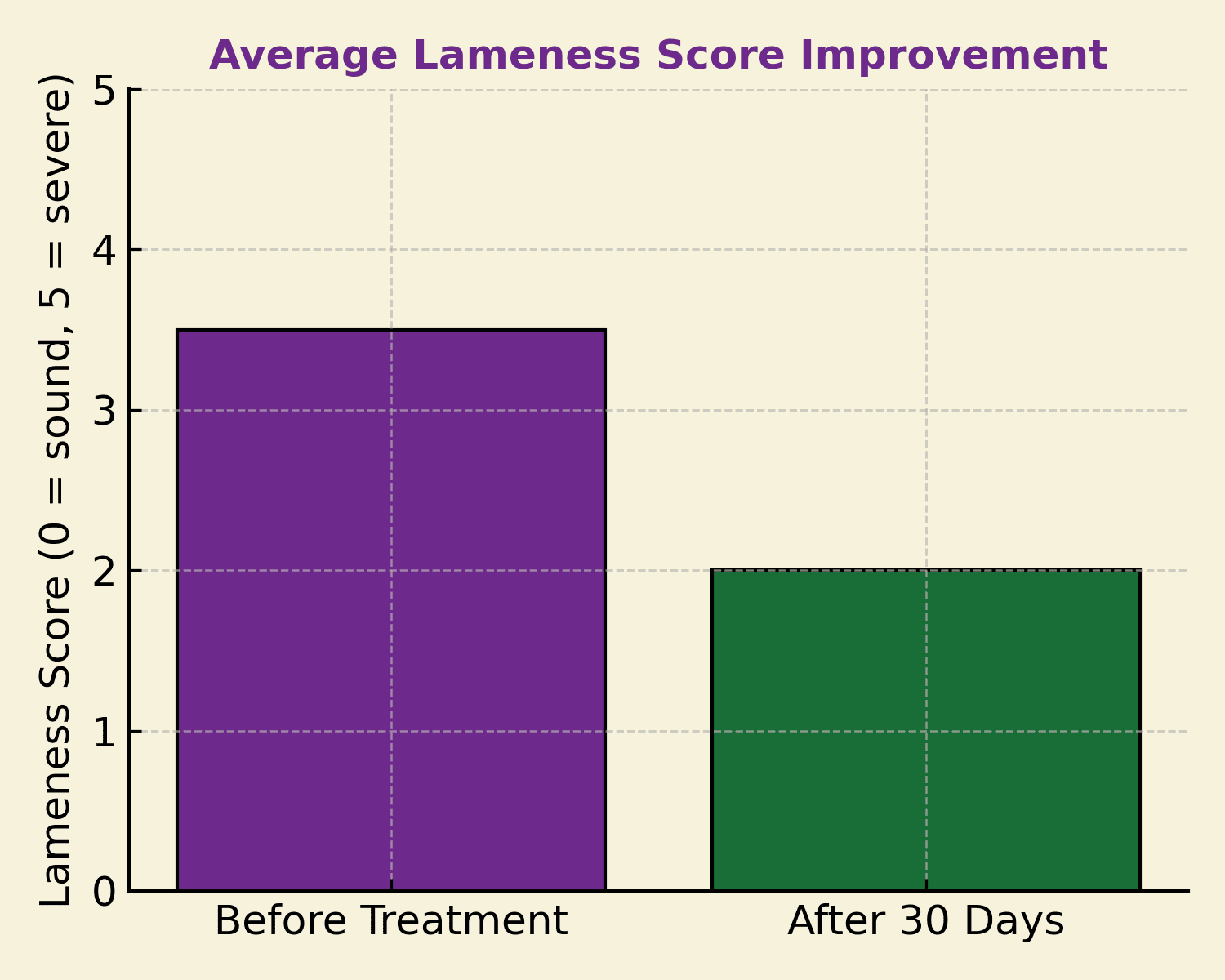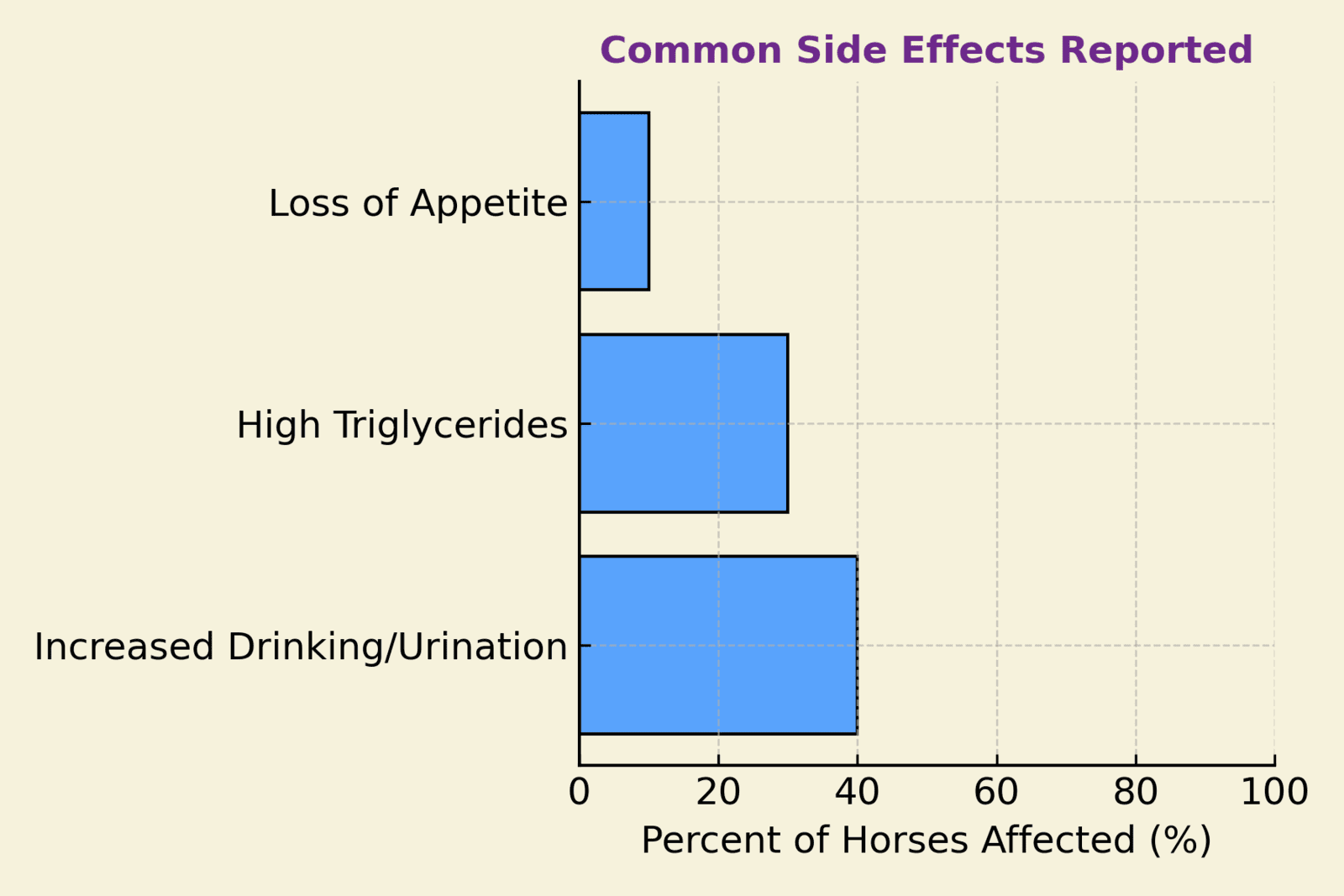Equine Metabolic Syndrome: Understanding the Role of Ertugliflozin
Equine Metabolic Syndrome (EMS) is a complex endocrine disorder that affects horses, particularly those with a history of obesity, insulin resistance, and laminitis. Recent studies have highlighted the potential benefits of using Ertugliflozin, a sodium-glucose cotransporter 2 (SGLT2) inhibitor, in managing EMS.
What is Ertugliflozin?
Ertugliflozin is a medication that works by inhibiting the reabsorption of glucose in the kidneys, leading to increased glucose excretion in the urine. This mechanism of action has been shown to improve insulin sensitivity and reduce glucose levels in horses with EMS.
Benefits of Ertugliflozin in EMS Management
Mechanism of Action | Benefits |
Inhibits SGLT2, reducing glucose reabsorption in the kidneys | Improves insulin sensitivity, reduces glucose levels, and decreases insulin resistance |
Increases glucose excretion in the urine | Reduces the risk of laminitis and other metabolic complications associated with EMS |
Clinical Studies and Research
Several studies have investigated the efficacy and safety of Ertugliflozin in horses with EMS. A study published in the Journal of Equine Veterinary Science found that Ertugliflozin significantly improved insulin sensitivity and reduced glucose levels in horses with EMS.
Another study published in the Equine Veterinary Journal found that Ertugliflozin reduced the risk of laminitis and other metabolic complications associated with EMS in horses.



Conclusion
Ertugliflozin has shown promise as a potential short-term treatment for Equine Metabolic Syndrome. However, further research is needed to fully understand its effects and potential side effects.
References
- PMC. (2021). Ertugliflozin for the treatment of equine metabolic syndrome. https://pmc.ncbi.nlm.nih.gov/articles/PMC10072834/
- Wedgewood Pharmacy. (n.d.). Ertugliflozin. https://www.wedgewood.com/medications/ertugliflozin/
- Ker. (n.d.). Ertugliflozin for managing metabolic horses. https://ker.com/equinews/ertugliflozin-for-managing-metabolic-horses/
- Wiley Online Library. (2020). Ertugliflozin for the treatment of equine metabolic syndrome. https://onlinelibrary.wiley.com/doi/10.1111/eve.13738
- ScienceDirect. (2004). Equine metabolic syndrome. https://www.sciencedirect.com/science/article/pii/S0739724024000572
- Avon Ridge Equine. (n.d.). Ertugliflozin Client Information Sheet. https://avonridgeequine.com.au/wp-content/uploads/2023/01/Ertugliflozin-Client-Info-Sheet.pdf
- Avon Ridge Equine. (n.d.). Laminitis. https://avonridgeequine.com.au/laminitis/
- ForagePlus. (n.d.). Using new medication for EMS. https://forageplus.co.uk/using-new-medication-for-ems/
- Merck Veterinary Manual. (n.d.). Equine Metabolic Syndrome. https://www.merckvetmanual.com/metabolic-disorders/equine-metabolic-syndrome/equine-metabolic-syndrome#Treatment_v3282356

